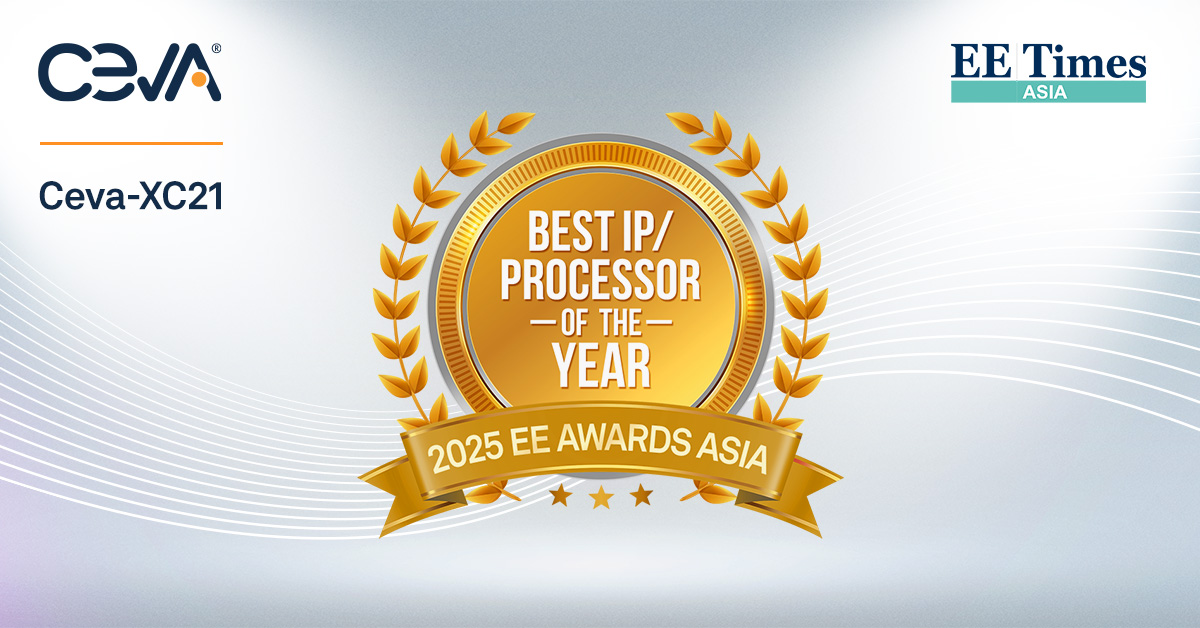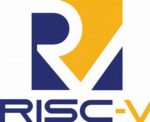SoC verification has always been an interesting topic for me. Having worked at companies like Zycad that offered hardware accelerators for logic and fault simulation, the concept of reducing the time needed to verify a complex SoC has occupied a lot of my thoughts. The bar we always tried to clear was actually simple to articulate… Read More
 Superhuman AI for Design Verification, Delivered at ScaleThere is a new breed of EDA emerging.…Read More
Superhuman AI for Design Verification, Delivered at ScaleThere is a new breed of EDA emerging.…Read More The Quantum Threat: Why Industrial Control Systems Must Be Ready and How PQShield Is Leading the DefenseIndustrial control systems (ICS) underpin the world’s most…Read More
The Quantum Threat: Why Industrial Control Systems Must Be Ready and How PQShield Is Leading the DefenseIndustrial control systems (ICS) underpin the world’s most…Read More Radio Frequency Integrated Circuits (RFICs) Generated by AI Based Design AutomationBy Jason Liu, RFIC-GPT Inc. Radio frequency integrated…Read More
Radio Frequency Integrated Circuits (RFICs) Generated by AI Based Design AutomationBy Jason Liu, RFIC-GPT Inc. Radio frequency integrated…Read More Ceva-XC21 Crowned "Best IP/Processor of the Year"In a resounding affirmation of innovation in semiconductor…Read More
Ceva-XC21 Crowned "Best IP/Processor of the Year"In a resounding affirmation of innovation in semiconductor…Read MoreRISC-V SDKs, from IP Vendor or a Third Party?
Like many of us, I’m a fan of open-source solutions. They provide common platforms for common product evolution, avoiding a lot of unnecessary wheel re-invention, over and over again. Linux, TensorFlow, Apache projects, etc., etc. More recently the theme moved into hardware with OpenCores and now the RISC-V ISA. All good stuff.… Read More
CEO Interview: Ted Tewksbury of Eta Compute
Tell me about Eta Compute’s vision?
We envision a world where intelligent devices at the network edge make everyones’ lives safer, healthier, more comfortable, and convenient without sacrificing privacy and security.
How do you hope to achieve this?
We achieve this by providing the lowest power and most energy efficient machine… Read More
Should India Invest in Semiconductor Manufacturing?
Cyber security, economic growth, government leadership and industry support must be weighed
The debate
A healthy public debate is underway as to whether India should invest in semiconductor manufacturing. PVG Menon, former chair of the India Electronics and Semiconductor Association, supports the objective as part of a full… Read More
New Processor Helps Move Inference to the Edge
Many of the most compelling applications for Artificial Intelligence (AI) and Machine Learning (ML) are found on mobile devices and when looking at the market size in that arena, it is clear that this is an attractive segment. Because of this, we can expect to see many consumer devices having low power requirements at the edge with… Read More
Application-Specific Lithography: 20nm Flash, 3D XPoint, 3D NAND Bit Lines
Nonvolatile memory capacity reached 64 Gb levels when NAND Flash half-pitch reached 20 nm [1]. Having reached 14 nm [2], NAND Flash half-pitch is no longer being reduced, now that it has entered the 3D era. However, recently, 3D XPoint has found applications within the Optane platform [3]. The lithography for patterning 20 nm half-pitch… Read More
Super Outraged over Uber Data Sharing
Reuters reports that Uber has quietly launched a service to give public health officials quick access to data on drivers and riders presumed to have come into contact with someone infected with COVID-19. Now Uber, one of the primary vectors spreading the disease with hundreds of thousands of masked drivers worldwide guiding shared
KLAC Solid QTR and Guide With No China Worries
KLA reports excellent June & Better Sept Guide-
Orbotech Diversification Helps provide growth-
Mix is perfect-China working fine-
Foundry is solid-
Solid execution and Financials
KLAC reported $1.46B in revenues and $2.73 Non GAAP with gross margins of 60.3%. That is versus expectations of $1.42B and EPS of $2.41…a… Read More
WEBINAR: Security Verification of Root of Trust for Xilinx
Tortuga Logic is hosting a webinar on Tuesday, August 18th from 12 to 1PM PDT, in which Xilinx will present their experiences in using the Tortuga Logic Radix-S and Radix-M products for security verification of root of trust in their advanced SoC FPGAs. REGISTER HERE to attend the webinar.
SECURITY CHALLENGES
In general security… Read More
HCL Webinar Series – HCL VersionVault Delivers Version Control and More
HCL is an interesting organization. You may know them as an Indian company that provides software and hardware services. At about $10B US and over 110,000 employees working around the world, they are indeed a force in the industry. They’ve also created a software company called HCL Software that develops tools and technologies… Read More












The Quantum Threat: Why Industrial Control Systems Must Be Ready and How PQShield Is Leading the Defense